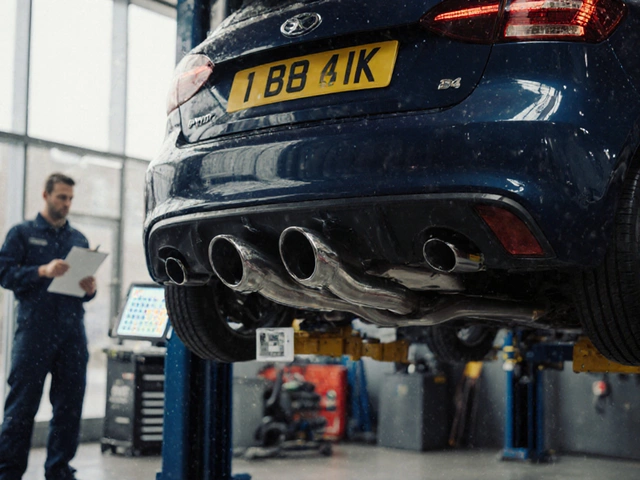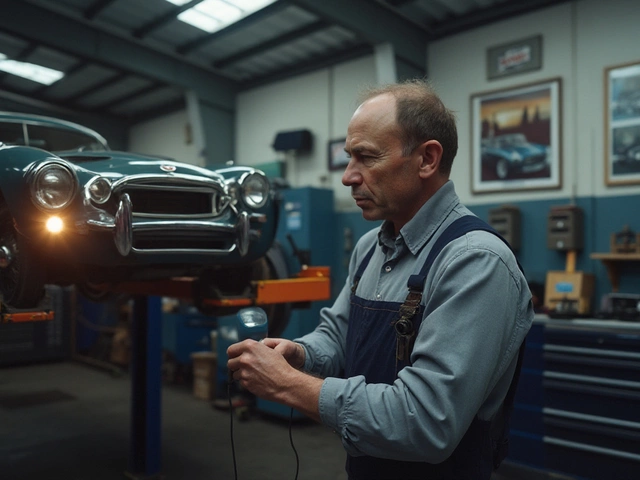Clutch Kit Lifespan: What to Expect and How to Extend It
Got a manual car and wondering how many miles you can get out of a clutch kit? The short answer: it depends on how you drive, the kind of kit you have, and how well you look after it. Most standard kits survive between 50,000 and 100,000 miles, but you can push that number higher with a few simple habits.
First, think about the type of clutch you’ve installed. A basic OEM clutch is built for everyday use, while a performance or Stage 2 kit is designed for higher torque and more aggressive shifting. Performance kits often have stronger pressure plates and friction materials, so they tend to last longer under hard driving, but they can also wear faster if you ride the clutch constantly.
Key Factors That Shorten Clutch Life
Riding the clutch—keeping your foot on the pedal while you’re not actually changing gears—is the #1 killer. Every second of partial engagement wears the friction material a little more. Another big factor is frequent stop‑and‑go traffic. Constantly slipping the clutch to start from a standstill adds heat, and heat is the enemy of clutch plates.
Heavy loads also matter. Towing a trailer or hauling a full load forces the clutch to handle extra torque, which can accelerate wear. Finally, a misadjusted clutch pedal or a worn flywheel can cause uneven pressure, leading to premature failure.
Tips to Stretch Your Clutch Kit’s Mileage
Start by mastering the art of smooth shifting. Let the engine RPM drop a little before you engage the clutch, and release the pedal gently once the gear clicks. This reduces slip and heat buildup. When you’re stopped at lights, keep your foot off the pedal—use the handbrake if you need to hold the car.
Regular maintenance helps too. Have a mechanic check the clutch fluid (if you have a hydraulic system) for bubbles or contamination, and inspect the flywheel for hot spots. If the flywheel is warped, it can cause uneven wear on the clutch plates.
When you finally hear that classic burning smell or notice a slipping sensation, don’t ignore it. The longer you drive a worn clutch, the more damage you’ll cause to the flywheel and transmission. Early replacement can save you from a costly rebuild later.
Bottom line: a well‑maintained clutch kit can easily exceed 80,000 miles. Treat it kindly, avoid riding the pedal, and keep an eye on any strange noises or smells. When it’s time to replace, consider a kit that matches your driving style—standard for city commuters, performance for enthusiasts—to get the best value out of your next purchase.
 22 January 2025
22 January 2025
How Long Does a Clutch Kit Last in Your Vehicle?
Understanding how long a clutch kit can last is crucial for vehicle maintenance and budgeting. Many factors contribute to its longevity, including driving habits, type of vehicle, and external conditions. This article explores the lifespan of clutch kits, signs of wear, tips to extend their life, and common causes of clutch failure. Equip yourself with the knowledge to prolong the life of your vehicle’s clutch system.






0